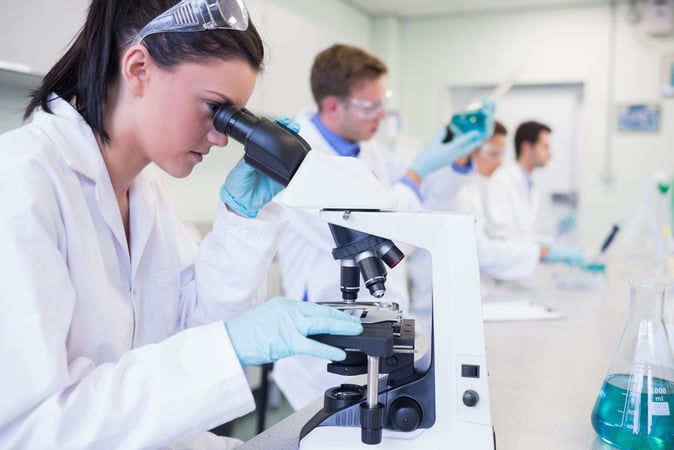


The EU’s new Regulation on In Vitro Diagnostic Devices (Regulation 2017/746) has now entered into full effect. The Regulation replaces the old EU IVD Directive (Directive 98/79/EC) and is designed to establish a “robust, transparent, predictable and sustainable regulatory framework for in vitro diagnostic medical devices which ensures a high level of safety whilst supporting innovation”.*
Under the new Regulation, it is expected that many devices which were previously regulated as general IVDs (and could therefore be placed on the market on the basis of the manufacturer’s self-declaration) will now fall into a higher risk category. The effect of this is that most in vitro diagnostic devices will now be subject to the costly and time-consuming process of obtaining CE certification following the assessment of a EU notified body.
For all devices CE marked after the date of effect (i.e. after 26th May 2022) or CE marked on the basis of a self-declaration before the date of effect, the requirements of the new IVDR must be met immediately. However, for in vitro diagnostic devices already CE marked following the assessment of a notified body, the EU has introduced a progressive roll-out of the IVDR. This means that notified body certificates issued under the old Directive will remain valid for the following transition periods:
Since the length of this transition period varies depending on the device’s risk class, it is important that all manufacturers know their classification under the EU IVDR (even where CE certification has already been obtained under the old Directive). Our Health Care Regulatory Explorer is able to help you determine the risk class and the market access pathways applicable to your in vitro diagnostic device. To sign up, please contact us below.
* Regulation 2017/746, Preamble (1)
26 May 2022

The European Parliament has voted overwhelmingly to extend transition periods for the Medical...

The EUs new regulatory framework for medical devices entered into force in May 2021. As part of its...

The European Commission has proposed to extend the transitional periods of the Medical Devices...

Last month QMD Services GmbH was designated a Notified Body under Regulation 2017/746 on in-vitro...